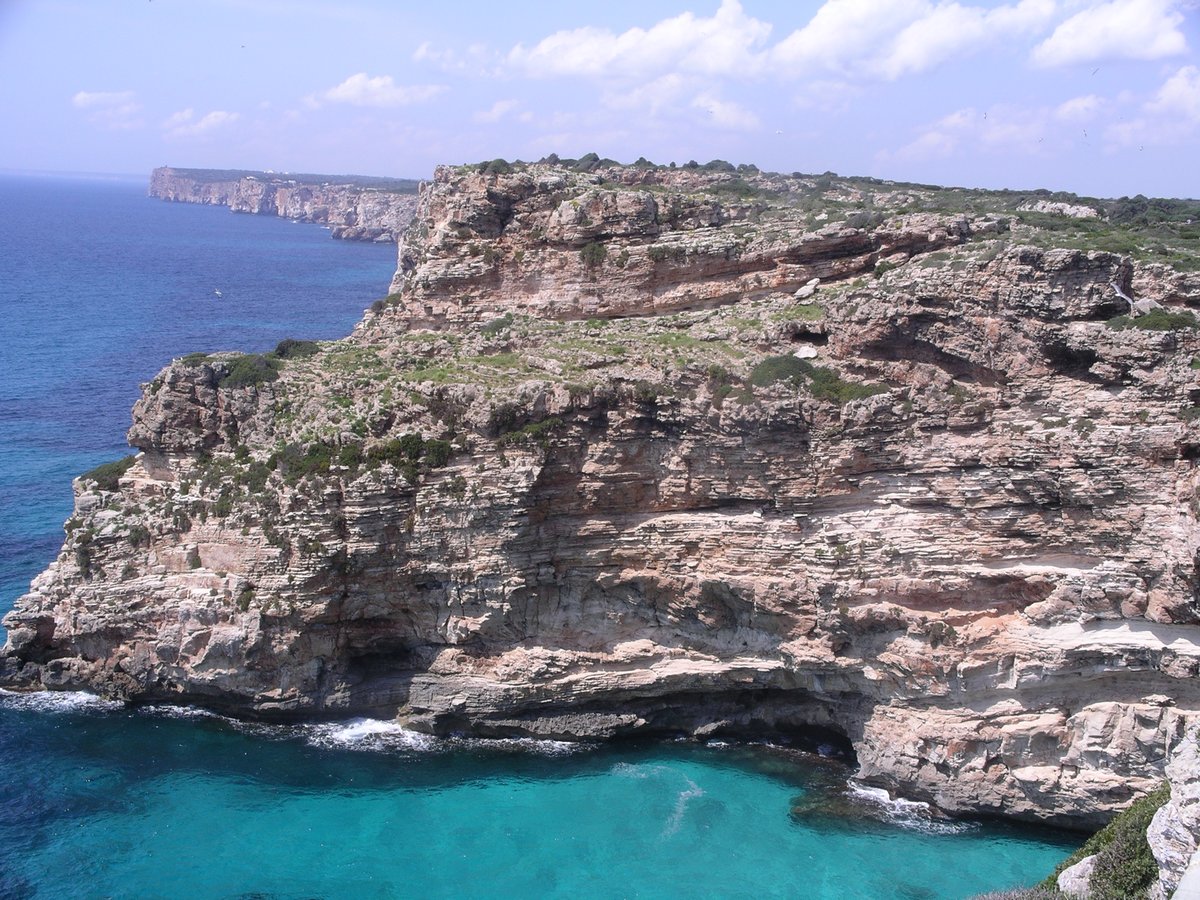We are currently studying outcrops from a range of sedimentary basins and stratigraphic ages to understand how structural processes, such rifting, influence carbonate platform growth. By comparing platforms of different stratigraphic ages, we can also consider the influence of palaeo-climate, seawater chemistry, sediment flux, and changes in carbonate-secreting organisms through time. Current and recent projects include platforms from the Precambrian, Cambrian, Devonian, Mississippian, Triassic, Jurassic and Cretaceous of UK and Europe, North and South Africa, North America and the NW Australian Shelf. Understanding this variability helps us to determine the processes that govern the occurrence, size and demise of carbonate platforms in time and space.

Carboniferous
During the Lower Carboniferous, continental collision brought about closure of some of the World’s oceans, to form the supercontinents of Gondwana and Euramerica. In the northern hemisphere, carbonate platforms grew within shallow equatorial seaways whilst the Earth was undergoing a period of cooling, with formation of the Gondwanan ice sheet in the southern hemisphere. This led to fluctuations in global sea level, as ice sheets waxed and waned, and a transition from aragonitic to low magnesium calcite seas.
Jurassic
During the Permo-Trias, formation of the supercontinent Pangea and a gradual warming of global temperatures led to exceptionally arid conditions. Carbonate sedimentation became extensive across the Arabian Plate, and within Permian Basin of North America and the Zechstein Basin of northern Europe. Periodic dessication of basins led to precipitation of thick intervals of evaporites – gypsum, halite and potassium chloride. These conditions continued into the Jurassic, and on the Arabian Plate shallow water carbonate sedimentation took place on the margins of large intrashelf basins. The intrashelf basins accumulated organic-rich sediment but dessicated periodically to precipitate thick intervals of salt. This combination of porous carbonate, organic rich mudstone and salt created ideal conditions for the generation, storage and sealing of hydrocarbons, including deep gas reservoirs which are now under appraisal and development (e.g. Hollis et al., 2017, Marine and Petroleum GeologyPublications).
Cretaceous
Global warming in the Jurassic and Cretaceous led to one of the warmest periods in Earth history and a decrease in the latitudinal temperature gradient, such that warm water carbonate platforms were established at high latitudes. In the South Atlantic, rifting between South America and Africa was associated with extensive volcanism and salt precipitation. Ongoing studies at University of Manchester are focused on evaluating the relationship between rifting, non-marine and marine carbonate platform growth and volcanism. On the European Plate, the growth and demise of Cretaceous carbonate platforms has been evaluated from outcrop-based studies in Spain, including the Iberian Basin (Newport, 2015) and Tremp Basin (Lavi, 2017).Past Graduate Students
Tertiary
During Paleocene and Eocene, Atlantic rifting, and closure of the Tethys Ocean, leading to formation of the Alpine-Zagros fold-belt, and global cooling meant that the continents developed a configuration that resembles the present day.